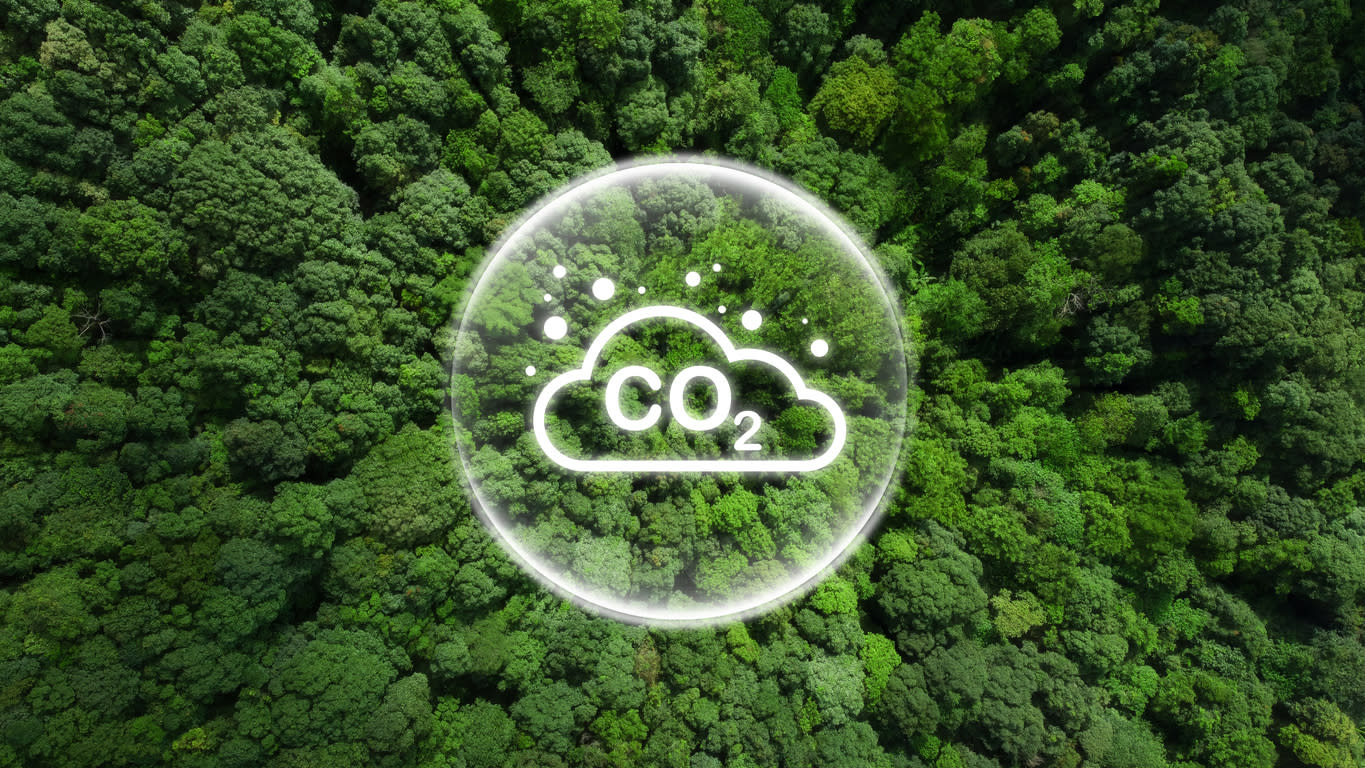Keeping ahead of the pace of technological innovation and changing consumer demands is nearly impossible. To effectively deliver technical and software transformational outcomes, when operating in a status of ongoing flux, it’s important to prioritise flexibility over perfection.
Leaning into the natural concepts of flow and rhythm can drive greater value than forcing one or more specific frameworks, methodologies or principals into delivery teams.
In the context of modern delivery, flow and rhythm represent the whole, or heart, while the various methodologies and principles that can be applied are simply the parts.
When these parts are integrated into a cohesive, harmonious workflow, the resulting synergy leads to superior outcomes, that no single methodology could achieve on its own. Around 2000 years ago Aristotle got it right when he determined that "the whole is greater than the sum of its parts."
The Importance of Flow and Rhythm
Flow and rhythm are fundamental concepts deeply rooted in the natural world and our human experiences. In nature, we experience the rhythmic patterns of day and night and the changing seasons. Similarly, we observe the flow of water in a river as a natural example of flow.
Drawing from these natural concepts flow and rhythm are innate to our human psyche. The psychologist Mihaly Csikszentmihalyi popularised flow as “the state of optimal engagement, where individuals are fully immersed and focused on their tasks, often leading to a sense of effortless progress and high productivity”.
Psychologists also recognise that Rhythm plays a critical role in human performance, timing, and coordination. Rhythm is the consistent cadence or pattern of activity that helps sustain a state of flow over time.
Flow and rhythm are sometimes dismissed as abstract ideas, but they remain practical principles that can significantly enhance the performance of a team.
When combined, flow and rhythm maximise efficiency and effectiveness. They can be universally applied and are more relevant to modern delivery than individual frameworks and principles.

Every business, organisation and product has a natural flow and rhythm to how it operates, delivers and evolves over time.
Burning time, money and people by forcing agility-based approaches into that natural flow and rhythm becomes a zero-sum game towards failed transformation.
Embracing a natural flow ensures that tasks and work items move smoothly from one stage to the next, minimising disruptions and delays. This continuous movement reduces the cognitive load associated with frequent context switching, allowing team members to maintain their focus and productivity.
Embracing a natural rhythm provides the structure and regularity to sustain the flow, helping teams avoid the pitfalls of burnout and maintain a steady, sustainable pace of work.
When applied effectively, they lead to an environment where work progresses naturally and intuitively.
Flow and rhythm are the overarching elements that bind the individual aspects of Agile-based methodologies together, transforming them from isolated practices into a sustainable whole.
Flow and rhythm are the glue that holds all methodologies together, ensuring that they work in concert rather than in isolation, much like our hearts.
Every team has a unique flow and rhythm that they use to navigate the complexities of modern business problems. Embracing this natural way of doing work ensures teams are better equipped to handle changing requirements, unexpected challenges, and ever-present deadlines.
By focusing on maintaining a consistent unique rhythm and flow state, teams can achieve a level of performance that enhances the probability of successful and innovative projects.
Building on this understanding, Agile and Lean methodologies offer practical ways to iterate on the team’s unique flow and rhythm. Teams can enhance flexibility and focus on the customer, all while staying true to their natural flow and rhythm. Flow and rhythm exist at the intersection of all agility-born methodologies.
Agile and Lean: Iterating to your own Flow and Rhythm
Agile and Lean methodologies pursue iterative development and continuous improvement, for flexibility and customer focus. A team can achieve these benefits by embracing Agile's iterative cycles and Lean's waste minimisation principles into their own flow and rhythm while avoiding excessive planning and formal practices.
Agile and Lean, as parts, strengthen the whole by introducing flexibility and continuous improvement into flow and rhythm.
For example, a team can adopt Agile principles such as user stories, daily stand-ups, and iterative development cycles, but adjust the specifics to match its flow and rhythm. The team might find that daily stand-ups are too frequent and opt for bi-weekly check-ins instead.
Lean principles like waste reduction and continuous improvement can be tailored to the team’s flow. By eliminating bottlenecks and optimising processes, the team can align with its natural rhythm.
Scrum: Adapting to Your Flow
While Agile and Lean provide the overarching principles, Scrum offers a more structured approach with predefined roles and ceremonies. However, it's crucial for teams to adapt Scrum’s strengths to their unique workflows, thereby enhancing efficiency and creativity while eliminating unnecessary practices that can entrench rigidity.
Scrum is a vital part of the team's unique flow and rhythm, contributing to its greater whole.
For example, the pervasive concept of a two-week sprint cycle will not always align with a business or product’s natural rhythm. Instead, a delivery team might experiment with shorter or longer sprints or even move towards a more continuous delivery model while still holding regular retrospectives to gather feedback and make adjustments.
The key is to use Scrum’s principles as a foundation but adapt them to fit the team’s specific needs and workflow, integrating it into a cohesive whole.
Kanban: Visualising Your Unique Rhythm
Transitioning from Scrum, we move to Kanban, which emphasises visualising work and managing flow through imposing work-in-progress (WIP) limits.
While that has significant benefits, it can also be a team's downfall. Due to its lack of structure, Kanban typically requires a higher level of discipline than Scrum.
However, by adopting the visual boards and work-in-progress limits within their own rhythm, teams can continuously improve their delivery processes. This allows for intuitive adjustments and refinements that better suit their specific needs.
Leveraging Kanban’s strengths as a part enhances the whole by visualising and managing flow in a way that can complement the team's rhythm.
For example, a team might start with a traditional Kanban board but then modify it to better reflect its workflow. The team could introduce swimlanes for different types of work, adjust work-in-progress limits based on their capacity, or add more detailed stages to reflect their unique process.
By customising Kanban to fit their rhythm, teams can ensure that the system supports their workflow rather than constraining it, making the whole workflow more effective and efficient.
Structured Flexibility: (Integrating SDLC, DevOps, and SRE)
Having considered Kanban, let's explore how integrating Software Development Lifecycle (SDLC), DevOps, and Site Reliability Engineering (SRE) principles can further enhance flow and rhythm.
The structured stages of SDLC, combined with the collaborative and automated aspects of DevOps and SRE, add reliability and structure, ensuring seamless delivery cycles and rapid responses to changes. This enables teams to maintain thoroughness and operational excellence without sacrificing their own flow and rhythm.
These methodologies, as parts, contribute to the greater whole by adding structure and reliability to flow and rhythm.
A team might follow the SDLC stages but adjust the timelines and deliverables to better match their flow. They can integrate DevOps practices such as continuous integration and continuous deployment (CI/CD) to automate the delivery pipeline, ensuring that they can release features and fixes rapidly without compromising quality.
Similarly, SRE practices can be adapted to the team’s rhythm, focusing on automating checks and incident responses in a way that complements their flow.
Creating a Culture of Flow and Rhythm
Ultimately, for teams to succeed, they must cultivate a culture that values and maintains their unique flow and rhythm. This requires moving beyond rigid adherence to any one method and embracing a fluid, adaptive approach that leverages the strengths of various frameworks while prioritising a natural workflow.
Leveraging select parts of each of the principles and frameworks discussed above enables teams to become powerful in their pursuit of their goals and deliver value to businesses and customers.
With this mindset, a team can embrace the realities of a truly modern way to deliver transformational outcomes, where flexibility, speed, and responsiveness are paramount.
By fostering an environment where their unique flow and rhythm are prioritised and enhanced by established frameworks, technical and software delivery teams can achieve higher productivity, innovation, and satisfaction.
Creating this culture requires a commitment to continuous improvement and a willingness to experiment and adapt.
Leadership plays a crucial role in this, providing the support and resources needed for teams to find and maintain their unique way. In doing so, the whole system becomes more effective than any single part alone.
Conclusion
At V2 Digital we recognise delivery with our customers is a key facet of unlocking transformational outcomes. We recognise that no one methodology will solve all challenges and that there is greater gain in collaborating to unlock a way of working that enables a natural flow and rhythm to deliver a path to value.
In much the same way as discussed above, we see better results when working together as a whole (with heart) than when working singularly as a part.
This co-linked approach ensures that every part contributes to a greater, more effective whole, leading our customers to sustained excellence and innovation.





